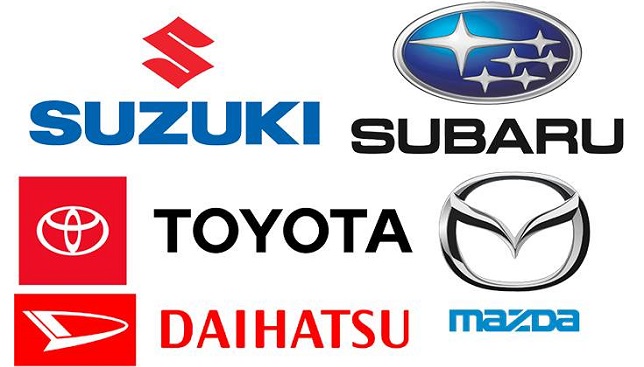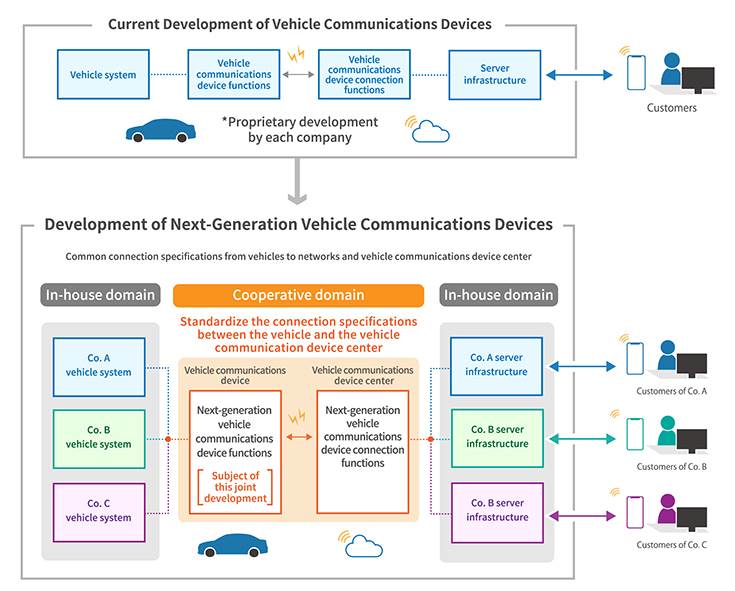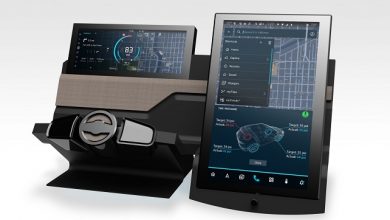Five major car companies to standardize technical specifications for connected vehicles

Suzuki Motor Corporation, Subaru Corporation, Daihatsu Motor Co. Ltd., Toyota Motor Corporation, and Mazda Motor Corporation reached an agreement to jointly develop technical specifications for next-generation vehicle communications devices.
This will promote the common use of communications systems, by using connected services to link automobiles and society with the aim of creating new appeal, value and services, to be standardized for early provision of safer and more convenient connected services.
Individual automobile manufacturers are independently developing vehicle communications devices, and even in cases where the same connected services like remote operation functions are provided, each company is adopting a different approach in proceeding with development and deploying relevant resources.

In response to these circumstances, the companies can provide safer and more convenient connected services to customers as early as possible, by positioning the development of vehicle communications devices, which are basic functions of the connected car, as a cooperative domain; positioning the development of applications and services as an in-house domain, and achieving greater efficiency and accelerating the development of vehicle communications devices.
Each company can focus more on the development of applications and services on this common infrastructure through these steps.
At this time, Suzuki, Subaru, Daihatsu, and Mazda, while incorporating their own technologies into the base vehicle communications technologies developed by Toyota, will together build systems for next-generation connected cars with common connection specifications from vehicles to networks and the vehicle communications device center.
As a result, by stabilizing the communication quality between vehicles and vehicle communications device center further, it will be possible to provide more convenient connected services to customers, such as clearer calls between customers and operators and faster connection speeds.
At the same time, it will be possible to reduce the development burdens of each participating company and simplify system operation and version upgrades that include additional new functions, thereby optimizing resources such as facilities and personnel.



